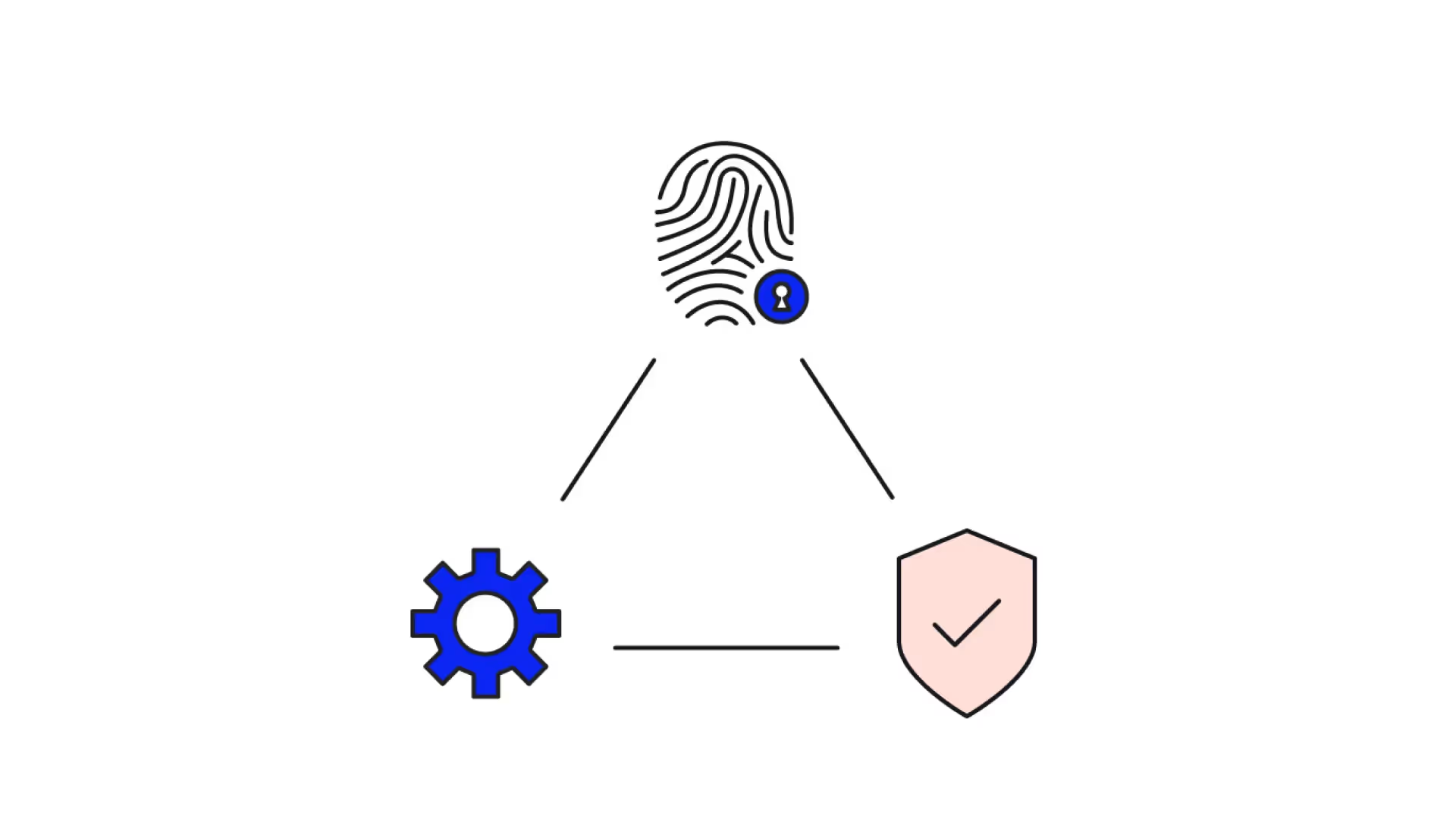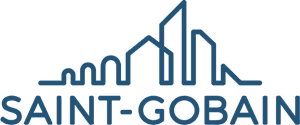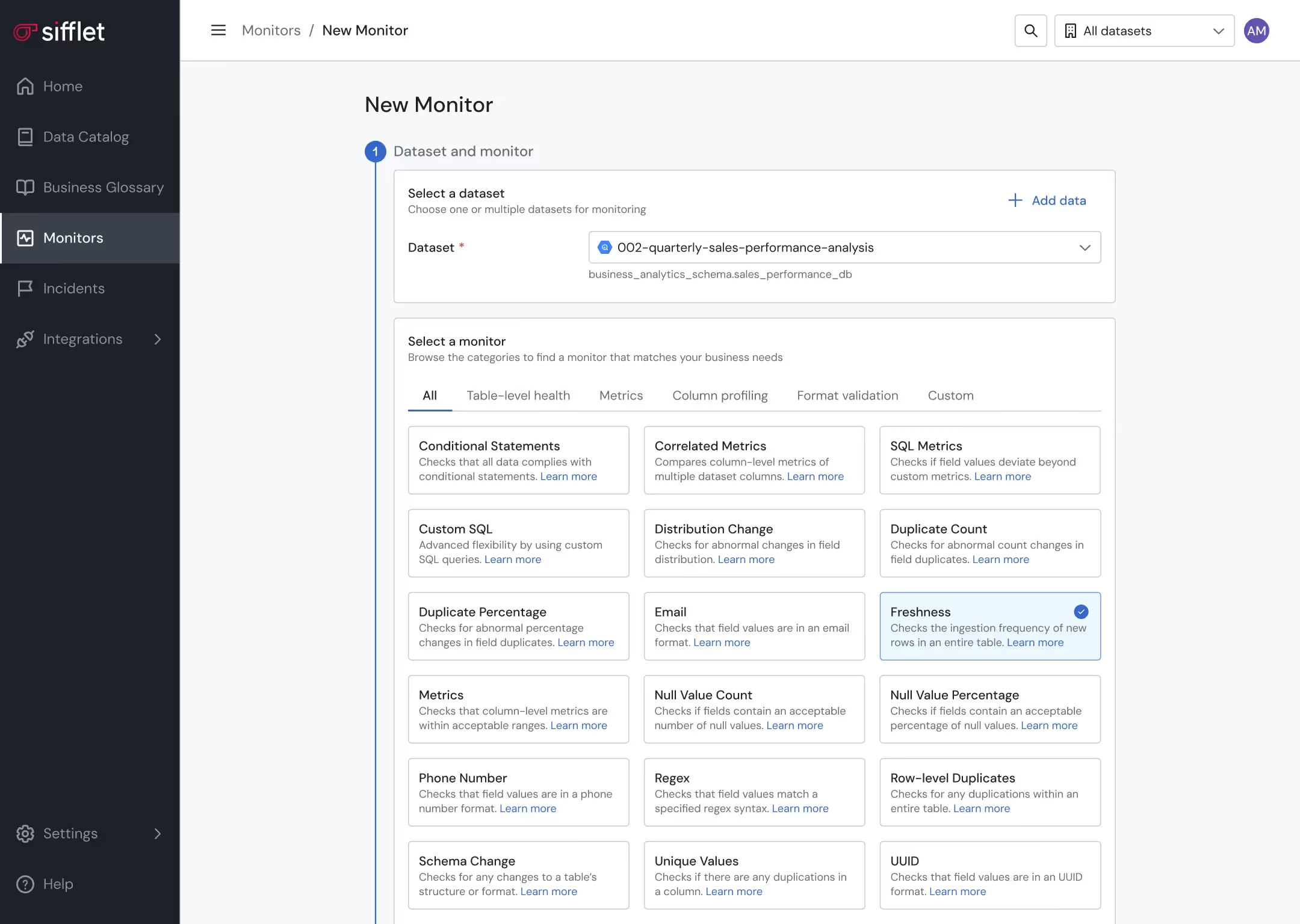Proactive access, quality and control
Empower data teams to detect and address issues proactively by providing them with tools to ensure data availability, usability, integrity, and security.















De-risked data discovery
- Ensure proactive data quality thanks to a large library of OOTB monitors and a built-in notification system
- Gain visibility over assets’ documentation and health status on the Data Catalog for safe data discovery
- Establish the official source of truth for key business concepts using the Business Glossary
- Leverage custom tagging to classify assets

Structured data observability platform
- Tailor data visibility for teams by grouping assets in domains that align with the company’s structure
- Define data ownership to improve accountability and smooth collaboration across teams

Secured data management
Safeguard PII data securely through ML-based PII detection















Still have a question in mind ?
Contact Us
Frequently asked questions
How does data observability support compliance with regulations like GDPR?
Data observability plays a key role in data governance by helping teams maintain accurate documentation, monitor data flows, and quickly detect anomalies. This proactive monitoring ensures that your data stays compliant with regulations like GDPR and HIPAA, reducing the risk of costly fines and audits.
What are some key benefits of using an observability platform like Sifflet?
Using an observability platform like Sifflet brings several benefits: real-time anomaly detection, proactive incident management, improved SLA compliance, and better data governance. By combining metrics, metadata, and lineage, we help teams move from reactive data quality monitoring to proactive, scalable observability that supports reliable, data-driven decisions.
How does SQL Table Tracer handle complex SQL features like CTEs and subqueries?
SQL Table Tracer uses a Monoid-based design to handle complex SQL structures like Common Table Expressions (CTEs) and subqueries. This approach allows it to incrementally and safely compose lineage information, ensuring accurate root cause analysis and data drift detection.
Why is data observability important when using ETL or ELT tools?
Data observability is crucial no matter which integration method you use. With ETL or ELT, you're moving and transforming data across multiple systems, which can introduce errors or delays. An observability platform like Sifflet helps you track data freshness, detect anomalies, and ensure SLA compliance across your pipelines. This means fewer surprises, faster root cause analysis, and more reliable data for your business teams.
How can Sifflet help prevent data disasters like the ones mentioned in the blog?
We built Sifflet to be your data stack's early warning system. Our observability platform offers automated data quality monitoring, anomaly detection, and root cause analysis, so you can identify and resolve issues before they impact your business. Whether you're scaling your pipelines or preparing for AI initiatives, we help you stay in control with confidence.
Why is table-level lineage important for data observability?
Table-level lineage helps teams perform impact analysis, debug broken pipelines, and meet compliance standards by clearly showing how data flows between systems. It's foundational for data quality monitoring and root cause analysis in modern observability platforms.
What tools can help me monitor data consistency between old and new environments?
You can use data profiling and anomaly detection tools to compare datasets before and after migration. These features are often built into modern data observability platforms and help you validate that nothing critical was lost or changed during the move.
What makes Sifflet’s approach to data observability unique?
Our approach stands out because we treat data observability as both an engineering and organizational concern. By combining telemetry instrumentation, root cause analysis, and business KPI tracking, we help teams align technical reliability with business outcomes.




















-p-500.png)
